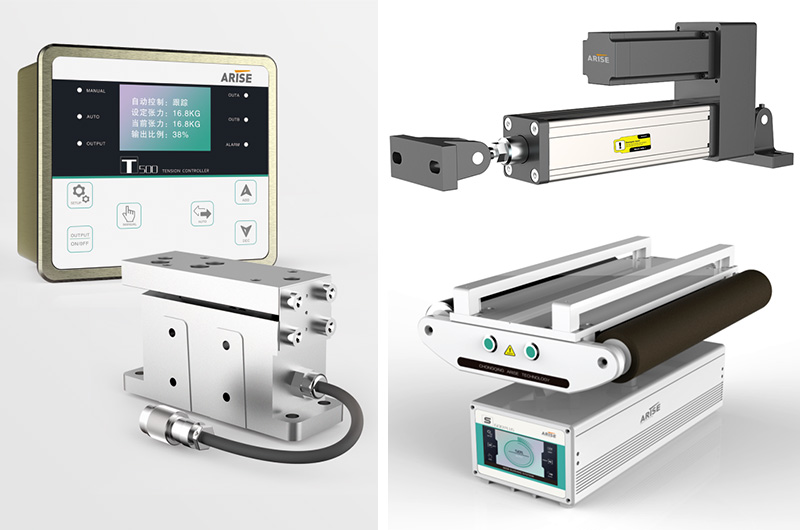How to Address the Challenges in Web Guiding for Wide-format Printing
Accurate alignment and registration of substrates are paramount in wide-format printing, crucial for achieving high-quality prints while minimizing wastage. However, this precision presents unique challenges in web guiding for wide-format printing. Let's delve into these challenges and explore innovative solutions to overcome them, ensuring optimal performance and efficiency in the printing process.

1. Substrate Variability: Wide-format printing involves a range of substrates, each with distinct characteristics like thickness, texture, and elasticity. This variability complicates maintaining consistent tension and alignment during printing.
Solution: Advanced sensor technologies such as laser sensors and vision systems offer real-time feedback on substrate position, aiding in precise adjustments despite substrate variations.
2. Dynamic Environmental Conditions: Fluctuations in temperature, humidity, and airflow can affect substrate stability, leading to misregistration and print flaws.
Solution: Implementing active web tension control mechanisms like pneumatic brakes or servo-driven systems helps reduce web flutter and vibration, ensuring stable substrate movement despite environmental changes.
3. Web Flutter and Vibration: High-speed printing and substrate movement can induce web flutter and vibration, particularly with lightweight materials, causing inaccurate registration.
Solution: Mechanical stabilization techniques like tension rollers and web spreaders help mitigate web flutter and maintain consistent substrate tension during printing.
4. Edge Detection and Tracking: Accurate edge detection is crucial for effective web guiding systems, but factors like substrate transparency and irregular edges pose challenges for sensors.
Solution: Utilizing advanced sensor technologies improves edge detection and tracking accuracy, enhancing the reliability of web guiding systems.

5. Integration with Printing Equipment: Seamless communication and synchronization between web guiding systems and printing equipment are essential for uninterrupted operation.
Solution: Enhancing integration and automation streamlines operations, minimizing disruptions and improving overall efficiency.
6. Maintenance and Calibration: Regular maintenance and calibration are necessary to ensure optimal performance of web guide system, but scheduling these operations can be challenging and may lead to downtime.
Solution: Instituting a proactive maintenance program and calibration procedure minimizes downtime and improves guiding accuracy over time.
Conclusion
Addressing the challenges in web guiding for wide-format printing through innovative solutions enhances performance, efficiency, and reliability. By implementing these solutions, printers can achieve optimal print quality and productivity, paving the way for innovation and growth in the industry.
- Art
- Causes
- Crafts
- Dance
- Drinks
- Film
- Fitness
- Food
- Игры
- Gardening
- Health
- Главная
- Literature
- Music
- Networking
- Другое
- Party
- Religion
- Shopping
- Sports
- Theater
- Wellness


